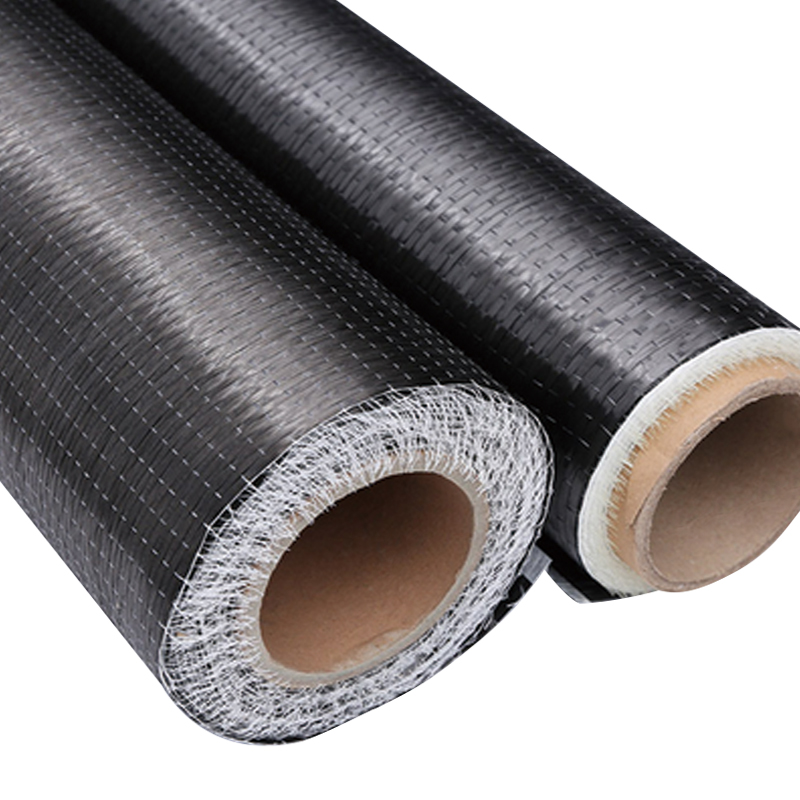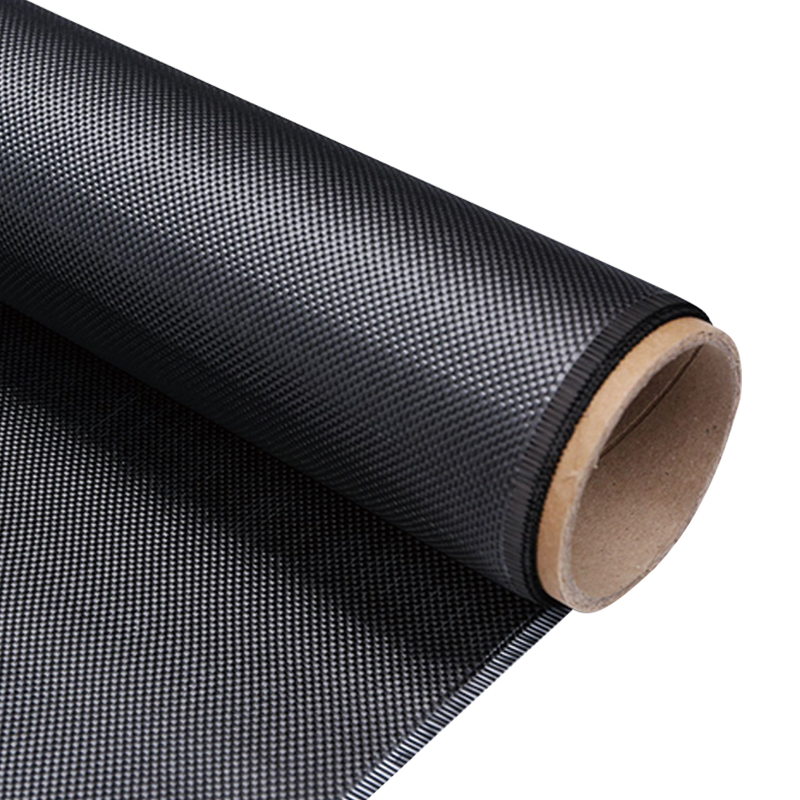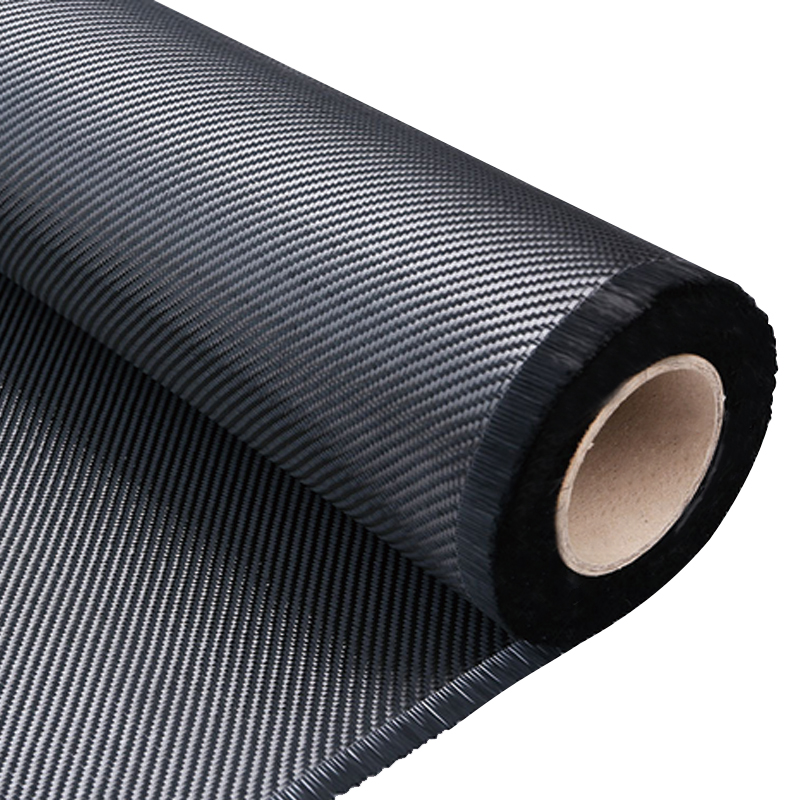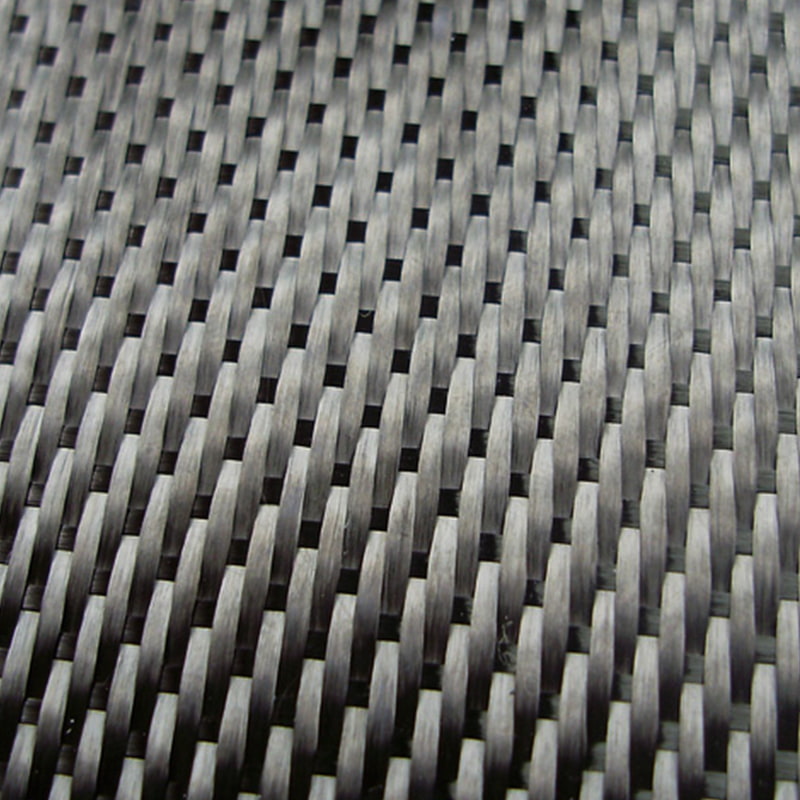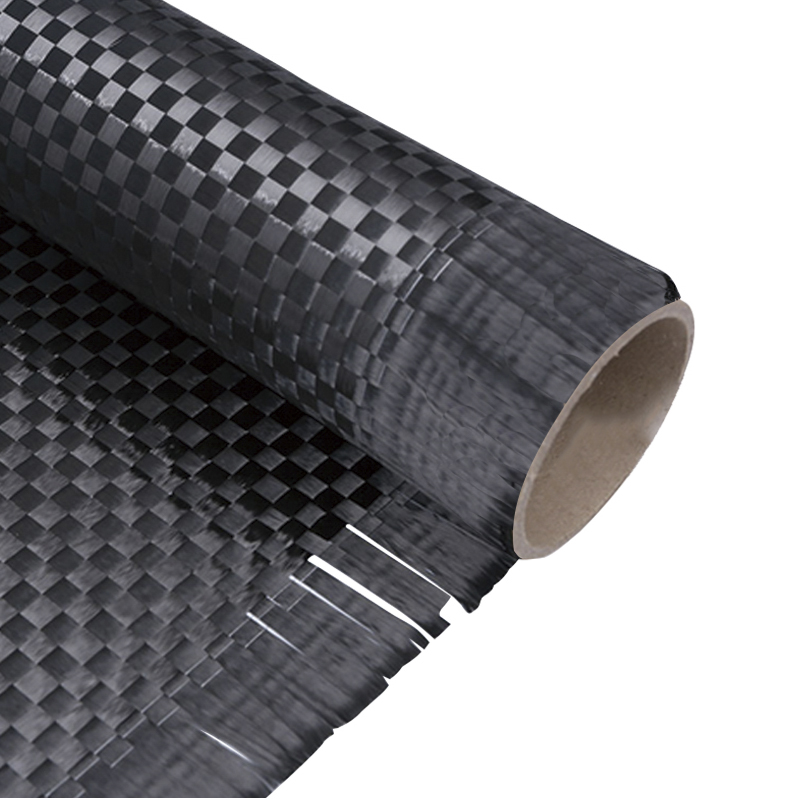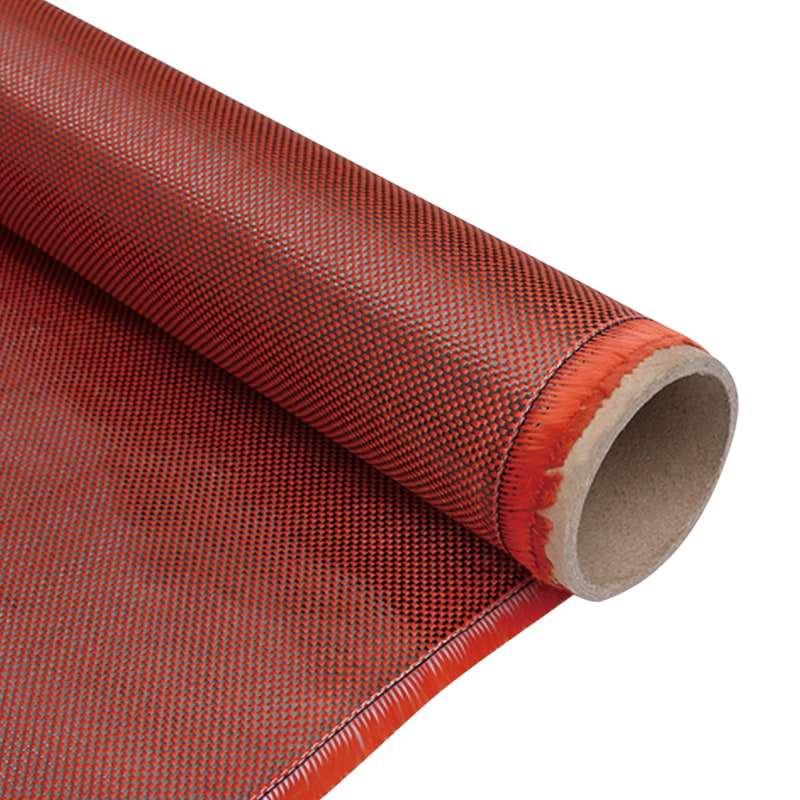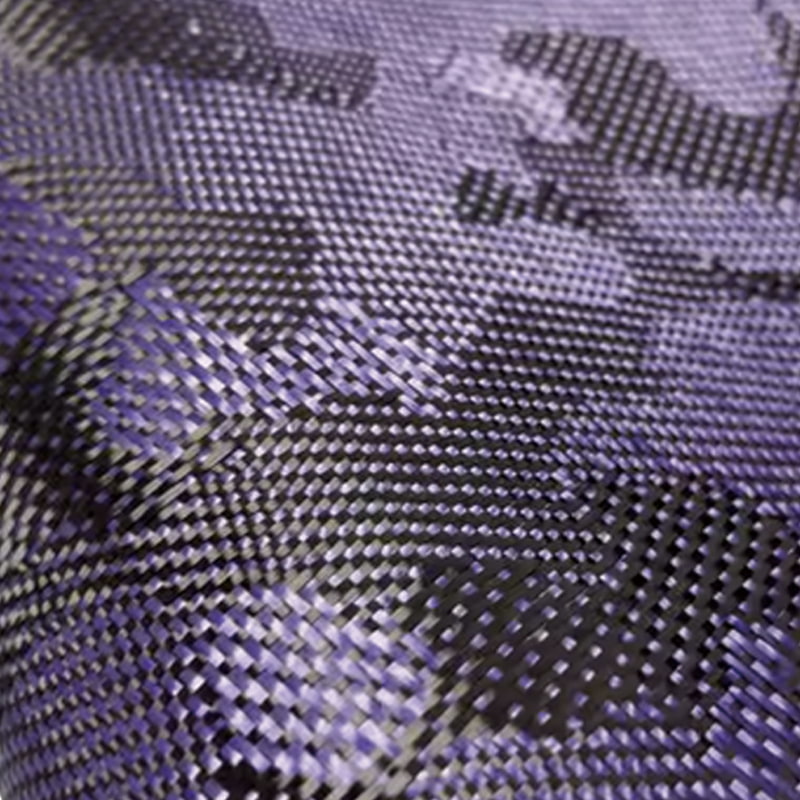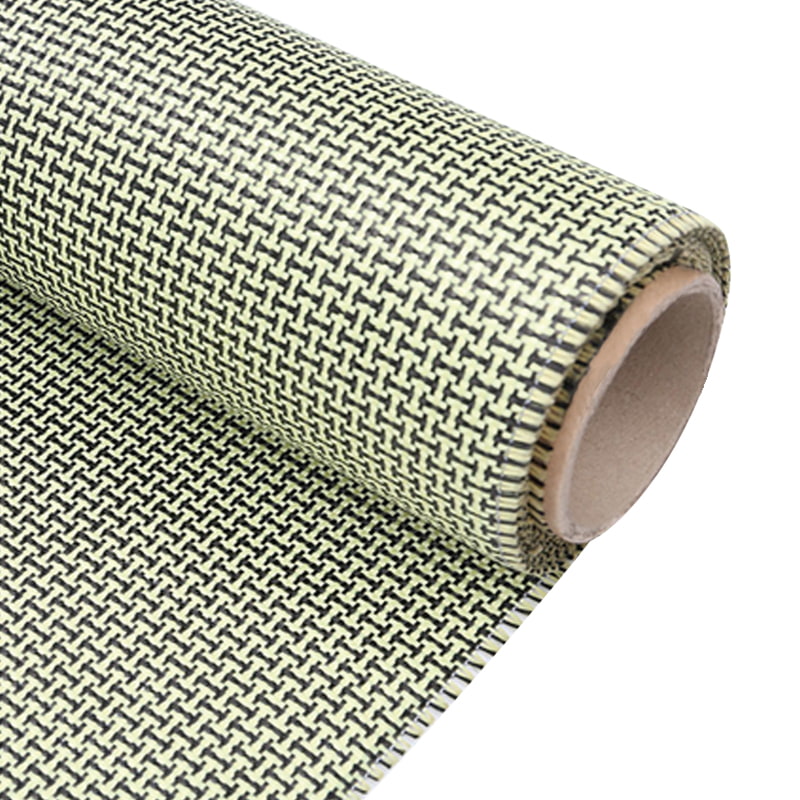As a high-performance material, carbon fiber woven fabric has been widely used in many industries in recent years. Its excellent performance characteristics and innovative production processes make it an important driving force for technological progress. Carbon fiber is known for its high strength, low density and excellent corrosion resistance, while carbon fiber woven fabrics further realize its structural and functional potential.
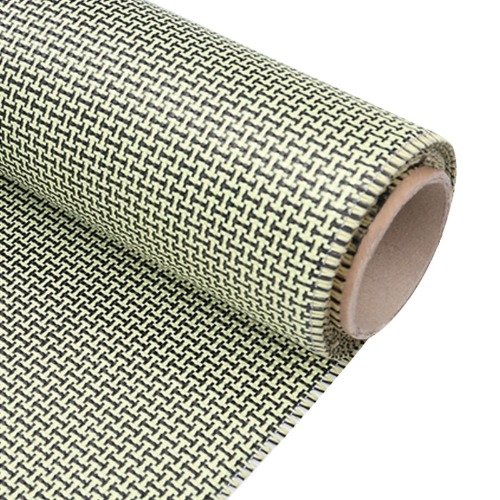
Basic characteristics of carbon fiber braided fabric
Carbon fiber braided cloth is made of carbon fiber wire interwoven to form a two-dimensional or three-dimensional textile structure. By controlling the weaving method, the flexibility and adaptability of the material can be improved while maintaining strength.
1. Lightweight properties: The density of carbon fiber braided fabric is significantly lower than that of traditional metal materials, and can achieve weight loss while maintaining strength.
2. High strength and high modulus: The tensile strength of this material is far greater than that of steel, and the modulus can also meet most structural needs.
3. Corrosion resistance and aging resistance: The stability of carbon fiber in harsh environments makes it suitable for use in corrosive environments such as marine and chemical industries.
4. Design flexibility: Through different weaving methods, the performance of the material can be optimized for specific applications.
In-depth exploration of application fields
Carbon fiber woven fabrics have been widely used in aerospace, automobile manufacturing, construction engineering, sports goods and new energy fields. Their role is not limited to weight loss, but also includes performance optimization and environmental friendliness.
1. Aerospace
In the aerospace field, carbon fiber woven fabrics are used to manufacture aircraft wings, fuselage structures and satellite shells. Its lightweight properties can significantly reduce the fuel consumption of the aircraft, while enhancing fatigue resistance and extending service life.
2. Automobile manufacturing field
With the rapid development of electric vehicles and high-performance cars, carbon fiber woven fabrics have attracted much attention for their weight loss effects. It is widely used in body coverings, chassis structures and battery housings, which can effectively improve the vehicle's endurance and handling performance.
3. Construction Engineering Field
In construction and civil engineering, carbon fiber woven fabrics are used as reinforcement materials for structural reinforcement of bridges, tunnels and high-rise buildings. Compared with traditional reinforcement, carbon fiber materials have the advantages of easy installation and strong durability.
4. Field of sports goods
The high strength and lightweight characteristics of carbon fiber braided fabrics also make it shine in sporting goods, such as the production of high-performance bicycle frames, tennis rackets, snowboards and surfboards, which not only improve performance but also extend service life.
5. New energy field
With the development of clean energy technologies such as wind energy and solar energy, carbon fiber woven fabrics have been widely used in wind turbine blades, energy storage equipment and lightweight structural parts. Its lightweight and fatigue resistance provide guarantees for the efficiency improvement of new energy equipment.
Technological progress and future development
With the continuous advancement of materials science, the manufacturing technology of carbon fiber braided fabrics is also constantly improving. For example, through the multi-layer structural design of composite materials, mechanical properties can be further optimized; and woven fabrics combined with smart fibers and sensing technology may also realize self-diagnosis and environmental sensing functions in the future.
At the same time, the industry is also committed to solving the cost and recycling of carbon fiber materials. By optimizing production processes and developing new raw materials, the economy of carbon fiber braided fabrics is constantly improving. In the future, it is expected to replace traditional materials on a larger scale and promote technological innovation in multiple industries.
 English
English  中文简体
中文简体 عربى
عربى Tiếng Việt
Tiếng Việt
